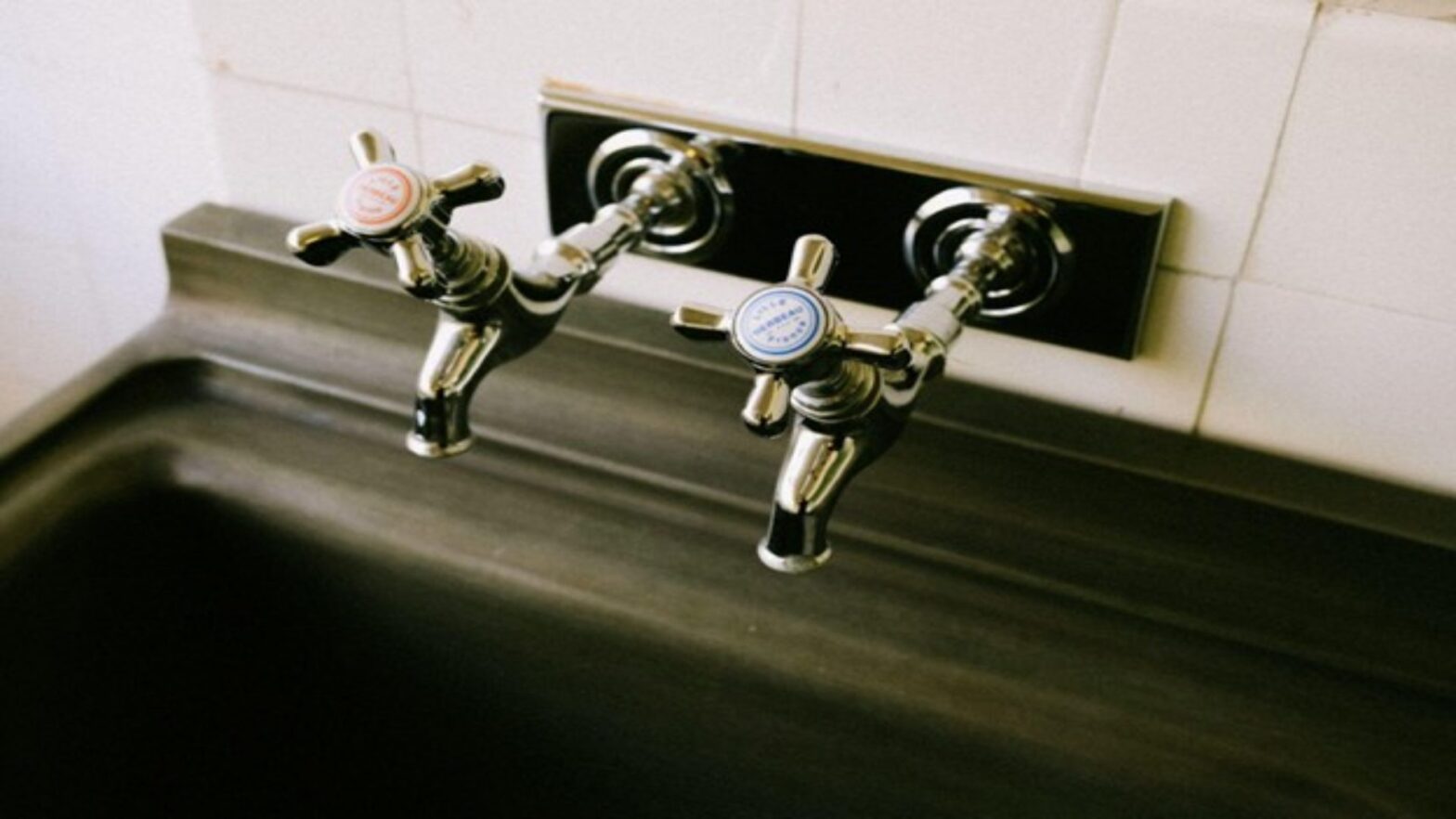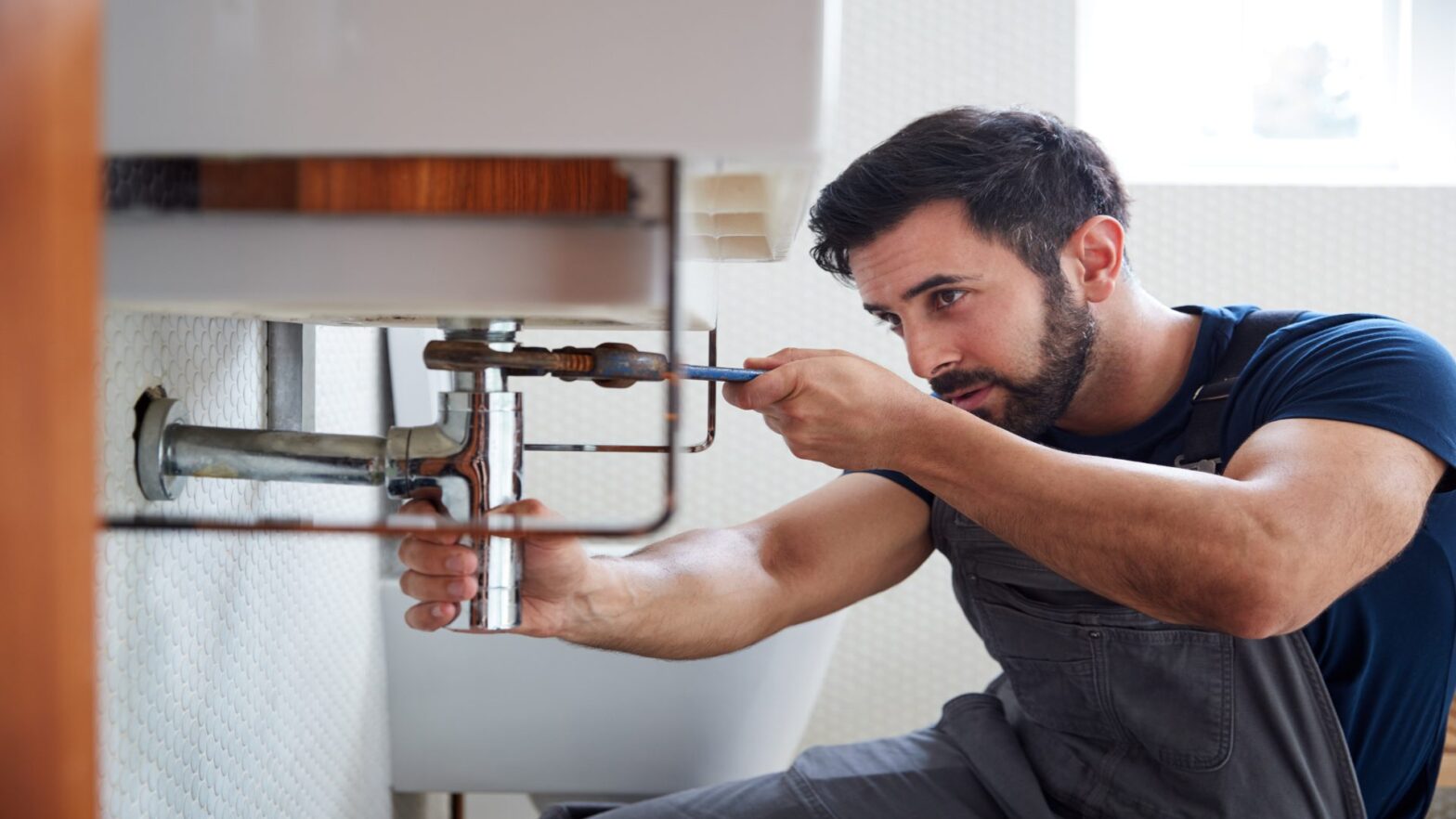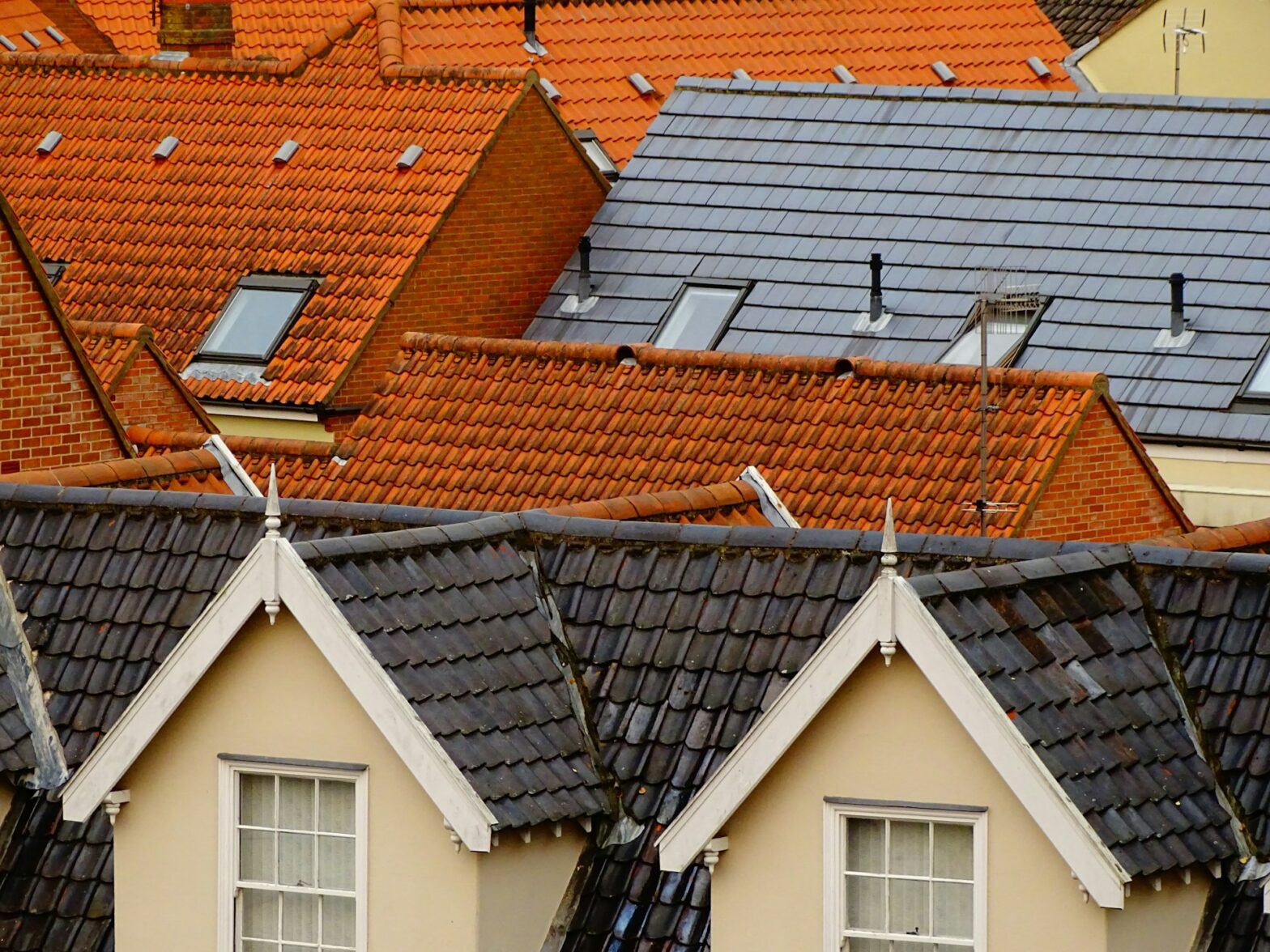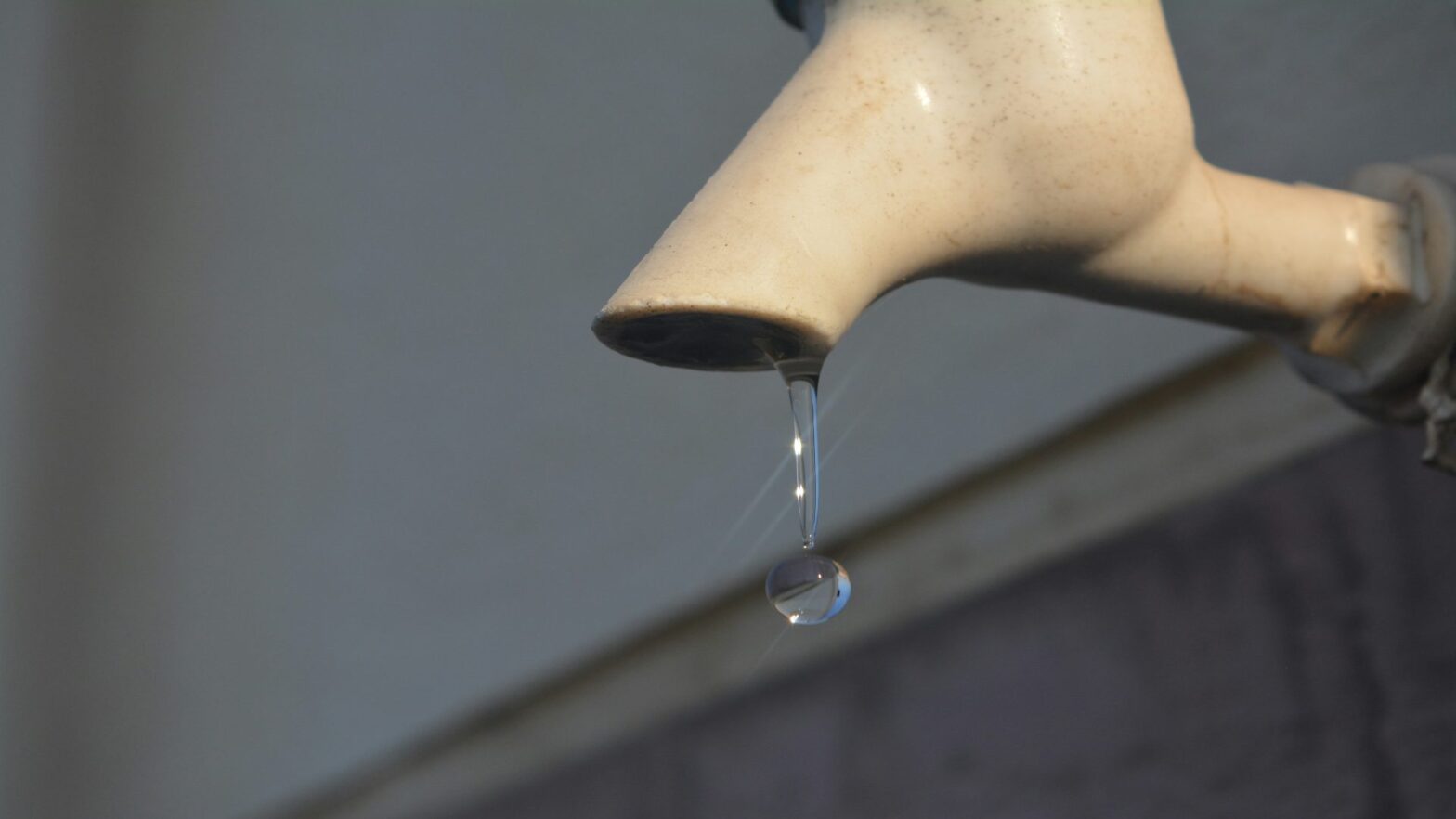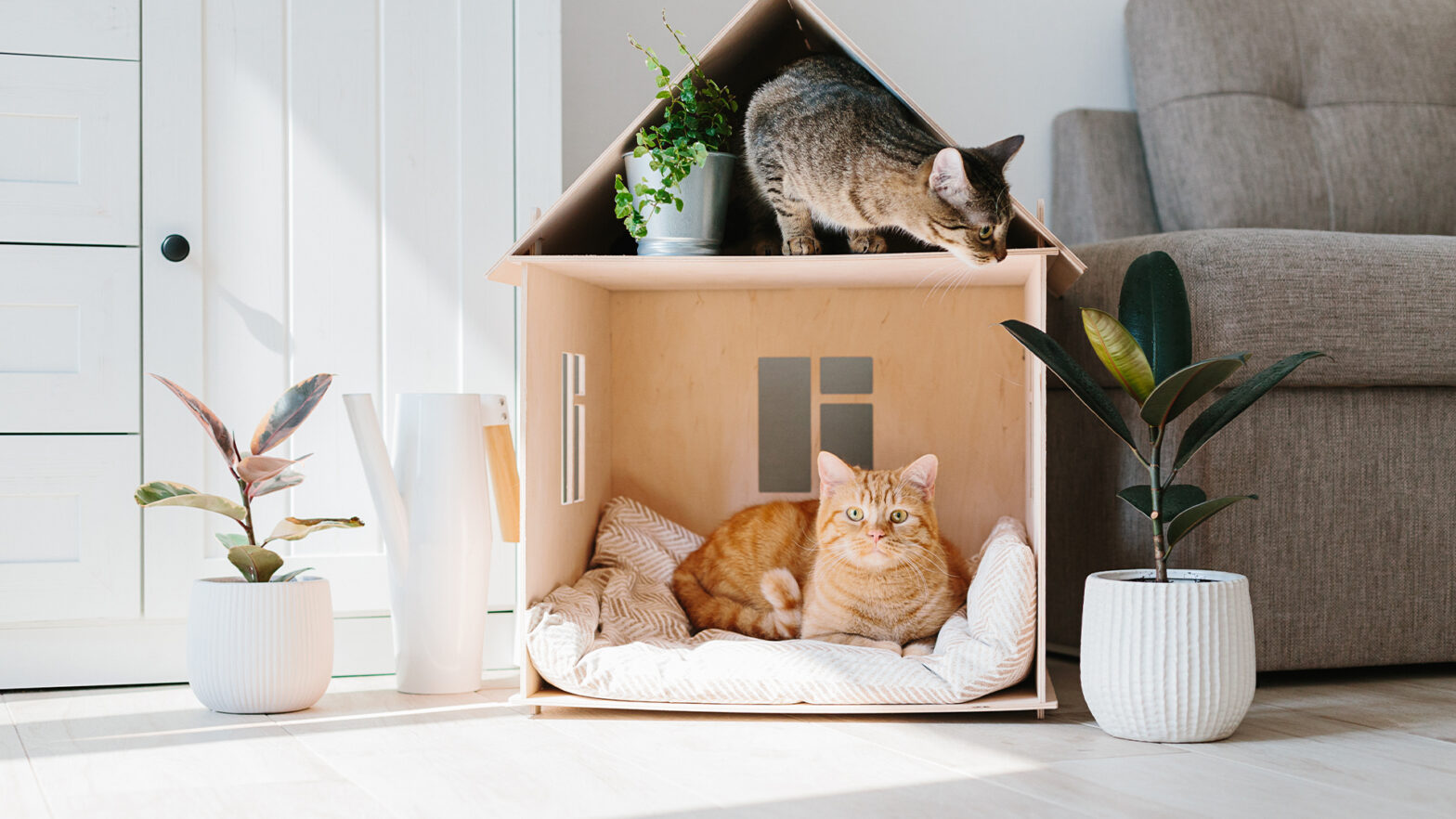
Welcoming a pet into your life brings a wave of unconditional love, playful antics, and heart-warming companionship. But just like any new family member, they deserve a space that caters to their specific needs and desires. Transforming your home into a pet paradise doesn’t require a complete renovation but rather thoughtful touches that create a safe, comfortable, and stimulating environment for your pet friends.
So, how do you go about this? Interior designer and dog lover Ryan McDonough at MyJobQuote.co.uk has created this guide with a range of tips on how to make your home more accommodating to pets. Follow these tips to make your pets the happiest pets on your street.
Create a Personal Sanctuary For Your Pets
Imagine your home from your pet’s perspective. For a dog, a designated haven might be a plush, comfy bed nestled in a quiet corner, away from the hustle and bustle of daily life. This could be a crate for some breeds who find comfort in a den-like space or a designated area with soft blankets for sprawling out after a long walk.
Cats, on the other hand, are natural climbers. A tall cat tree with sturdy platforms, scratching posts, and cosy nooks can become their personal kingdom. Invest in a sturdy structure that can accommodate your feline friend’s full-grown size, and consider wall-mounted shelves to create a vertical playground that keeps them off your furniture, where possible.
Also, don’t forget about the importance of dedicated feeding and water stations. Choose easy-to-clean bowls made from stainless steel or ceramic, and place them in a low-traffic area to avoid spills, smells and anxiety during mealtimes. For larger dogs, consider raised feeders to improve their posture and aid digestion.
Prioritise Pet Safety In The Home
Just like childproofing a home for children, pet-proofing ensures your furry friend remains safe while exploring the home. Get down on all fours and take a good look around. Are there any electrical cords dangling within reach? Secure any loose wires with cord organisers or cable covers. Curious pets, especially new puppies and kittens, may be tempted to chew on these, which can pose a serious electrical hazard.
Take inventory of your current houseplants and identify any types that may be toxic if ingested by your pets. Common culprits include lilies, dieffenbachia, and tulips. If you’re unsure about a plant’s safety, it’s best to be cautious and relocate it to a pet-free area or swap it out for a pet-friendly alternative. The same goes for cleaning products and medications. They need to be securely stored in cabinets or on high shelves, out of reach of your inquisitive furry friends.
Enhance Your Pet’s Environment
Pets are individuals with their own personalities and quirks. Some dogs are energetic bundles of joy who need plenty of mental and physical stimulation. Others may be more laid-back and content with a good cuddle session. Understanding your pet’s needs and preferences is key to creating an enriching environment.
Invest in a variety of toys that cater to their natural instincts. For dogs, this may include chew toys for gnawing, puzzle feeders to challenge their minds, and balls for a game of fetch. Rotate their toy selection regularly to keep things interesting, and consider hiding treats inside puzzle toys to encourage exploration and problem-solving skills.
Cats are natural hunters, so feathered wands and interactive toys that mimic prey will keep them engaged. Scratching posts are an absolute must for feline friends. Provide a variety of textures and heights to cater to their scratching preferences, and strategically place them in areas where your cat naturally gravitates towards, like near doorways or furniture.
Give Them Some Freedom With Pet Flaps
For some pets, especially independent cats and dogs, who enjoy spending time outdoors, a pet flap can be a game-changer. These clever little doors are installed in doors or walls, allowing your pet to come and go between indoors and outdoors as they please.
When choosing a pet flap, consider the size of your pet. You want the flap to be large enough for them to pass through comfortably, but not so big that it compromises your home’s security.
Modern pet flaps come with a variety of features, from simple lockable flaps to high-tech options that only grant access to your pet using a microchip or specialised collar tag. This can be a great way to keep stray animals out of your home while giving your furry friend the freedom they crave. Remember, if you do decide on a pet flap, train your pet on how to use it properly before granting them unsupervised access.
Cleaning and Care Considerations
Living with pets means accepting a certain amount of fur, dirt, and occasional accidents. You can make life easier for yourself by incorporating pet-friendly features that are easy to clean.
When choosing new flooring, consider hard and easy-to-clean flooring materials like tile, laminate, or luxury vinyl plank flooring in high-traffic areas. These surfaces are much easier to keep clean than carpets, which can trap fur, dander, and unpleasant doors.
If you do love carpets, choose a low-pile option that can be vacuumed easily and won’t get caught on your furry friend’s claws. Regular vacuuming with a HEPA filter attachment will help remove pet hair and dander. This will also help to reduce allergens in your home.
Consider placing area rugs made from stain-resistant materials like washable wool or synthetic fibres at entryways and other high-traffic zones. These can usually be easily shaken out or thrown straight into the washing machine for a quick clean.
Select The Right Bedding For Your Pets
A comfy bed is an essential part of your pet’s sanctuary. You want to make sure you choose a bed that is suitable for your pet. Machine washable options are great for easy cleaning.
For dogs, consider a bed with a bolster around the edges for added security and warmth. Cats love to burrow, so a covered bed or a bed with deep sides may be the right choice. You might also want to have a couple of different bed options throughout the home so that your pet always has a comfy spot to curl up in.
Cater To Your Pet’s Culinary Needs
Spills and messes are inevitable when it comes to mealtimes. Invest in a wipeable food mat placed under your pet’s food and water bowls to catch spills and make clean-up much easier. Choose stainless steel or ceramic bowls that are easy to sanitise and won’t harbour any harmful bacteria.
Just like humans, pets have individual dietary needs. Consult your local vet to determine the best foods for your pet’s age, breed, and activity level. Whether you choose biscuits, tinned food, or raw food, ensure it’s a high-quality diet that meets all of their nutritional requirements.
Avoid giving your pet table scraps, as human food can be unhealthy for them. Some foods that are safe for humans can be toxic to pets, so be sure to research for food items that can be harmful to your furry friend.
Fresh, clean water is essential for your pet’s health. Keep their water bowl topped up throughout the day, and consider using a filtered water fountain to encourage them to drink more.
Get Shredding Under Control
Brushing your pet regularly is the best way to control shedding and keep fur tumbleweeds at bay. Invest in a high-quality brush that is appropriate for your pet’s fur type. Regular brushing not only removes loose fur, but also helps distribute natural oils, keeping their coat healthy and shiny.
A handheld vacuum cleaner specifically designed for pet hair can be a lifesaver for keeping furniture and upholstery fur-free. Lint rollers are another handy tool for removing fur from clothes and soft furnishings.
Make Sure The Garden Is Safe For Your Pets
If you have a garden, you may need to consider some changes to make it safer for your pets so they can enjoy the outdoor space freely. Firstly, ensure your fence is in good repair and high enough to prevent your pet from escaping.
Some plants may be dangerous for pets. Research pet-friendly plants before adding greenery to your garden. Common toxic plants include lilies, tulips, and azaleas. Instead, choose safe alternatives like marigolds, petunias, and hollyhocks.
You could also consider adding a designated dog zone to your garden. Dogs especially love to dig. Create a dedicated digging pit filled with sand or dirt to channel their digging instincts and save your flowerbeds. Bury a few treats or toys in the pit to encourage them to use it.
Shaded areas are also a good idea if you plan on allowing your pets to enjoy the garden space. Provide some shaded areas, where possible, for your pet to escape the hot summer sun. A large tree, a pop-up canopy, or a shaded patio area are all great options.
Additionally, don’t forget to give your pet something to drink when they’re exploring outside. Just like indoors, ensure your pet has access to fresh, clean water outdoors. A self-filling water bowl or a small doggy pool can be a lifesaver on hot days.
Final Thoughts
Creating a pet-friendly home goes beyond just providing creature comforts. It’s about understanding your pet’s needs and creating a space where they feel safe, secure, and loved. By following these tips, you can create a pet-friendly haven that caters to your animal companion’s well-being and happiness. Remember, a happy pet is a less destructive pet, and a little planning goes a long way in ensuring a harmonious household for both you and your beloved furry friend.























